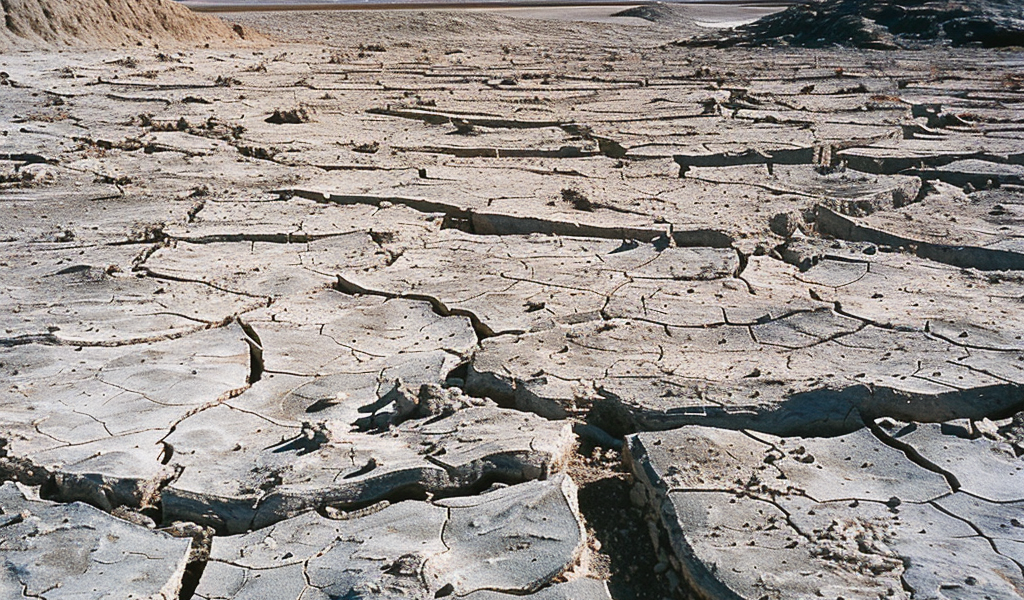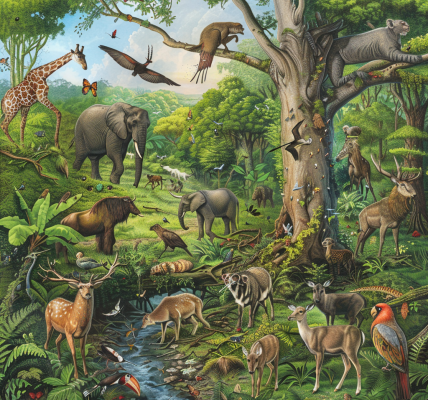Scientists have made a groundbreaking discovery in the Chilean Atacama Desert, one of the driest regions on Earth. Previously thought to be devoid of life, a team of researchers from the GFZ German Research Centre for Geosciences, TU Berlin, and the University of Antofagasta, Chile, have uncovered a hidden underground habitat using innovative DNA analysis techniques.
Through molecular DNA analysis methods, the team was able to extract and analyze intracellular DNA from intact cells of living or dormant organisms buried as deep as 4.20 meters beneath the desert surface. This cutting-edge approach revealed the presence of microbial communities thriving in the hyperarid soils of the Atacama Desert, challenging previous beliefs about the region’s biodiversity.
The study, recently published in the journal PNAS Nexus, sheds light on the resilience of life in extreme environments characterized by drought, salinity, and nutrient deficiency. The findings not only expand our knowledge of desert ecosystems but also have implications for astrobiology and the search for life on other planets.
The Extreme Desert Habitat
Deserts, despite their harsh conditions, host diverse microbial life crucial for nutrient cycling and ecosystem functioning. Dirk Wagner, head of the GFZ Geomicrobiology Section, emphasizes the importance of studying microbial diversity to understand the ecological balance in desert ecosystems, especially in the face of climate change.
The Atacama Desert, spanning 105,000 square kilometers in northern Chile, stands out as the driest hot desert globally, offering a unique environment for scientific exploration. While previous studies have focused on shallow soil layers, this research delves into the deeper soils, revealing a previously unexplored microbial community.
New Approach: Deep Soil Analysis
Unlike shallow regions where water is more accessible, the deeper layers of desert soils present a challenge for researchers. By utilizing specialized DNA analysis techniques, the team was able to uncover microbial life thriving in the depths of the Atacama Desert, showcasing the adaptability of life in extreme environments.
This discovery underscores the importance of exploring diverse ecosystems and highlights the resilience of microbial communities in the face of adversity. As scientists continue to unravel the mysteries of desert habitats, the Atacama Desert serves as a compelling case study for understanding life’s tenacity in the most inhospitable conditions.





